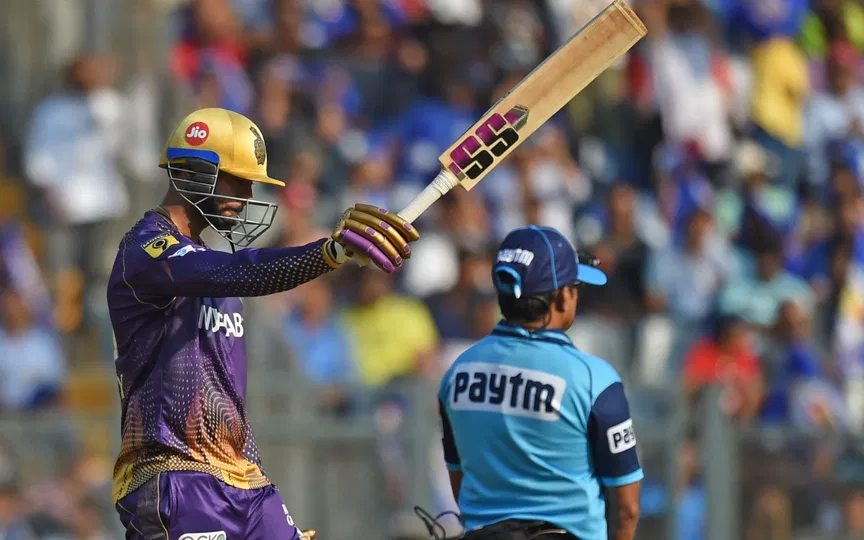![Washington Sundar's art of batting in Test [Source: @CricCrazyJohns/X.com]](https://onecricketnews.akamaized.net/parth-editor/oc-dashboard/news-images-prod/1763381938614_Washington_Sundar_IND_SA.jpg?type=hq) Washington Sundar's art of batting in Test [Source: @CricCrazyJohns/X.com]
Washington Sundar's art of batting in Test [Source: @CricCrazyJohns/X.com]
In an era where strike rates dominate conversations and every innings is judged by its aggression, Washington Sundar feels like a quiet rebellion.
He is not the batter who lights up scoreboards. He is the one who holds up the crumbling walls.
And somehow, in the noise of modern cricket, that rare virtue has gone criminally unnoticed.
He bats at No. 7 and faces more balls than India’s stars
Washington Sundar has batted 27 times in Test cricket. 23 of those innings have come from No. 7 or below, a place usually reserved for hopeful counterattacks or hurried collapses.
Yet he has already faced 1,794 deliveries, averaging 66 balls per innings. That number alone tells you something extraordinary. He doesn’t just bat, he survives.
In the Tests Sundar has played, only Shubman Gill has faced more balls for India. Gill opens the batting while Sundar walks in after the wreckage. But ball after ball, session after session, he endures.
This is not an accident. It’s temperament. It’s discipline. It’s a deep, stubborn belief that his wicket is worth fighting for.
A story that began at Gabba peaked in Kolkata
His story begins, fittingly, at the Gabba in January 2021, India’s most mythic recent Test victory. There, as debut nerves met Australia’s snarling pace attack, Washington Sundar produced a gem, 62 off 144 balls, an innings of such calm defiance that it shifted the entire course of the match.
India had lost half their side, Brisbane was cracking open under the pressure, and then arrived this young off-spinner who batted like he had grown up studying adversity. Not to forget his stunning century against England at Manchester.
Four years later, at Eden Gardens against South Africa in 2025, the pitch was a graveyard. The ball kicked, spat, and sulked unpredictably.
India’s top order evaporated in the chaos. And again, it was Washington Sundar who held on when everyone else loosened their grip.
29 off 82 in the first innings and 31 off 92 in the second are numbers that look modest until you look at what the conditions demanded, which is nerve, judgement, humility, and restraint.
The Proteas camp admired him. Shaun Pollock called it “application”. But it was more than an application. It was an understanding of the rhythm of Test cricket, knowing when survival is success.
In a world of strike rates, Washington Sundar is India’s last great survivor
Sundar’s Test average stands at 43.21, a figure most specialist batters would envy. And he has built it not on flamboyance but on a remarkably old-fashioned virtue that is the ability to bat time.
What makes his contributions even more poignant is how understated they feel. Washington Sundar rarely celebrates loudly. He doesn’t glare at bowlers or stare down fielders.
His resistance is quiet but unbreakable, like a climber gripping a ledge by fingertips while the mountain trembles. In a team full of stroke-makers, Washington Sundar has patience. In a world obsessed with speed, he is the pause.
And perhaps that’s what makes his story beautiful. Long after the sixes are forgotten, Test cricket remembers the ones who stayed, who absorbed, who refused to give in. Washington Sundar, still just 26, has already written himself into that tradition, one ball at a time.






